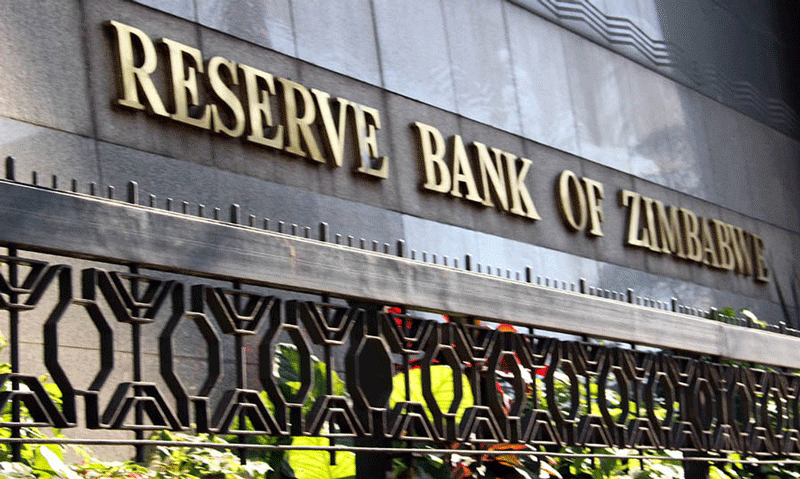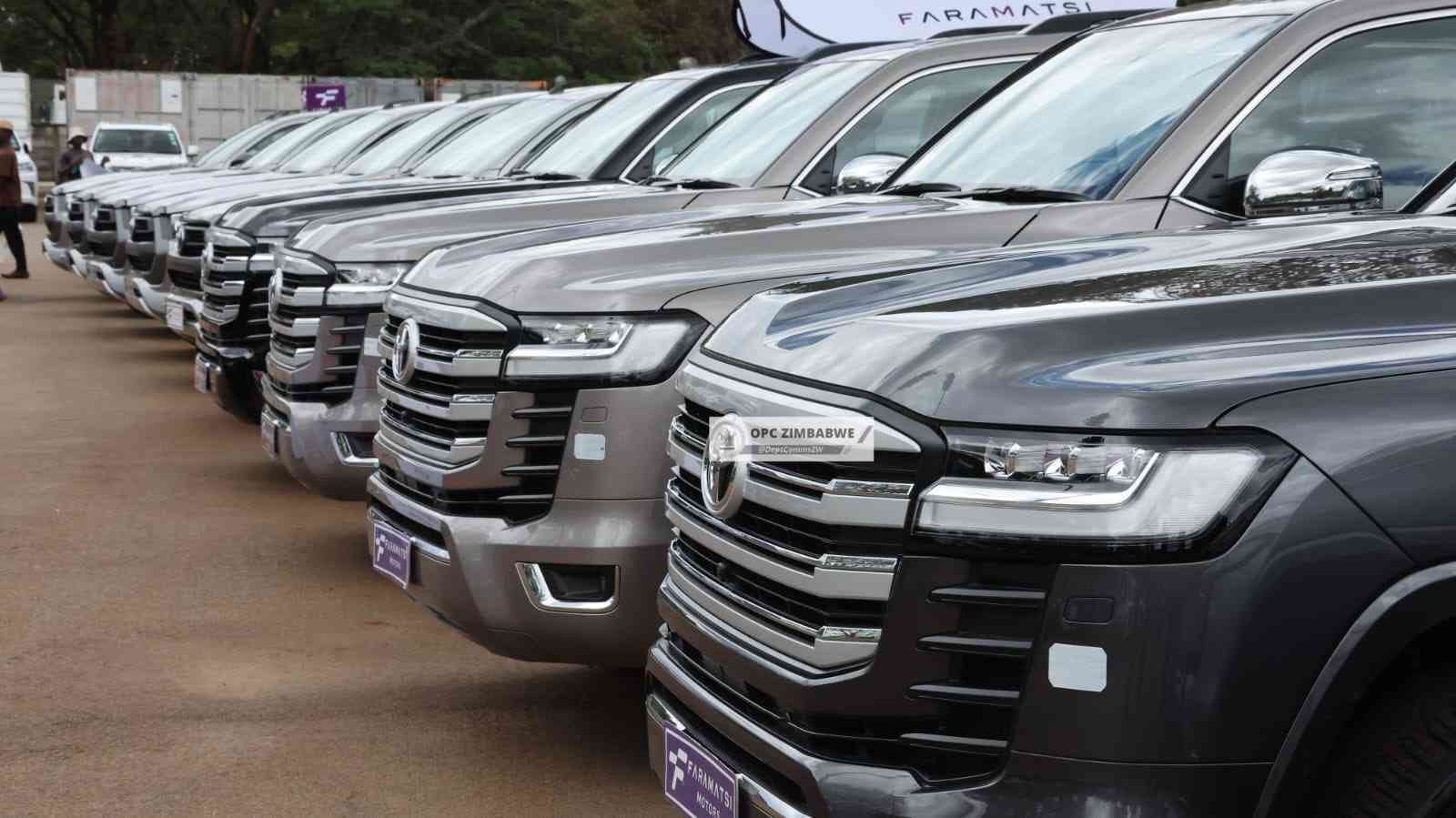
FOLLOWING the adoption of the Transitional Stabilisation Plan (TSP) in 2018, the government of Zimbabwe made substantial progress towards overcoming the structural and financial problems that they inherited from the previous governments.
These included a bloated civil service that absorbed the great majority of all State revenues; a fiscal deficit that constituted 40% of all government expenditure; poor fiscal controls at ministry level; and a grossly overvalued currency.
By the end of the TSP in 2021, I estimated that 80% of the targets set out in 2018 were achieved. This was not easy or painless. The new government did what its predecessors often failed to do — they stuck to their commitments.
The key achievements were as follows: -
They reduced the budget for civil servant salaries from 97% of revenues to less than 40% of the current budget.
They introduced a new currency for domestic use and floated it so as to reflect its real market value. This resulted in massive devaluation of domestic money stocks, reducing the real value of local bank accounts from US$23 billion to something about US$3 billion.
They stabilised the situation with regards to foreign currency holdings and allowed real hard currency balances to settle down at over US$1 billion.
They consolidated and confirmed all State liabilities resulting in an increase in the formal national debt from about US$9 billion to a more realistic US$14 billion. In doing so, they cleaned up the balance sheet of the Reserve Bank of Zimbabwe.
- Dual economy Zim’s Achilles heel
- Village Rhapsody: How Zimbabwe can improve governance
- Dual economy Zim’s Achilles heel
- Scrap IMTT to save industry, govt urged
Keep Reading
They secured a Staff-Monitored Programme by the International Monetary Fund and subjected themselves to the fund’s periodic review process.
The business environment was improved to some extent.
This took us through to the end of 2021 and in place of the TSP we were given sight of a development programme for the next five years. In this programme it was envisaged that the country would achieve middle income status by the end of the second five-year plan in 2030. The first year of the first five-year plan has come and gone and I think we can start to analyse and discuss what has gone right and what has gone wrong.
The first and probably the major achievement in 2021/22 has been putting the Zimbabwean economy on a strong growth path. Formal growth estimates for 2021 and 2022 put Zimbabwe into that small group of States around the world whose economies are growing faster than their populations.
We are making progress towards our goal of middle-income status by 2030. How much progress is disputed. My view is that our economy is growing much faster than formal estimates - the main reason being the informal sector and informal trade and financial flows.
First, we must understand what is driving this growth.
It is clear that there are two main drivers at present — the mining industry and the construction industry. The former is being driven by high levels of demand for key minerals and metals — the platinum group, the boom in lithium, nickel and iron ore and coal. Gold prices are also at a long-term high and our production of gold by both the formal and informal sectors is growing strongly.
In the construction industry we have a housing boom that shows no signs of easing off. This has been driven by three factors — access to State land at very low costs, demand for urban housing which has not been addressed for many years and finally the ability of the diaspora to finance much of the new developments. This is being reinforced by the extension of many established homes and the construction of new office accommodation in areas that were previously restricted to housing.
The other sector that is also expanding is consumer spending and the services industry. Our retail and food and beverage industries are all showing strong growth. This growth in personal disposable income is difficult to understand but the physical evidence is unmistakable. Traffic levels have grown exponentially and are now putting pressure on road systems across the nation. In Harare alone, 1,5 million vehicles are active on its roads on a normal working day.
Now we need to understand what the key challenges are to our recovery.
I would put monetary policy issues at the top of my personal agenda. For as long as I can remember this country has had exchange control and no real market for hard currencies. In the days of United Nations-mandated sanctions on the country, the shortage of hard currency meant that this had to be rationed and this was achieved by exchange control and the allocation of hard currency by the central bank.
Somehow the thinking behind this has become entrenched and today, Zimbabwe is virtually the only African State that does not have a functioning national market for hard currency.
One of the elements that has supported this situation has been the desire by the authorities for control and for the extraordinary power that these policies grant the central bank. This is reinforced by elements in the private sector who exploit every opportunity created for arbitrage and there are many.
Civil servants benefit from the power that they get from these controls and the lack of a market-driven system.
One consequence is that we continuously destroy our own currency. Today the local dollar is trading at $1 000 to US$1 on the street and $750 to US$1 in our banks. Neither rate reflects the real value of our currency. We have a balance of payments surplus and the US dollars circulating in our economy every day must run to many billions.
However, what we learnt during dollarisation between 2009 and 2013, is that dollarisation turned us into a regional dumping ground for imports and nearly destroyed our own industry. If we abandon exchange control, float our own currency and establish a proper market for the currencies being traded, our own dollar will quickly re-emerge as first choice and emerge as a strong regional currency like the pula and the kwacha.
Second on my list of priorities would be to fix agriculture. We know what is required — a bankable long-term lease for land, a market for farmland and a resumption of bank lending on a commercial basis to our farmers.
Command agriculture has failed and we have not put anything in its place. Until we do that, our farms will remain desolate and unproductive. We have all the ingredients for success — farm land, water, a decent climate, the knowledge and scientific know how as well as markets for just about anything we can produce.
Third on my list would be education. We started so well in 1980, building thousands of schools and training tens of thousands of new teachers. By 1995, we were the most literate country in Africa and our graduates were in demand everywhere. This situation today is calamitous and the great majority of our children are coming out of the system illiterate and innumerate. We have to fix this problem and quickly or the shortage of skills will cripple our efforts to raise our people out of poverty.
The final issues on my list would be health and infrastructure. Power, water supplies, roads and railways. We have to tackle all of these with all the resources at our disposal or our ambitions for our country will come to naught.
- Eddie Cross is an economist and former Reserve Bank of Zimbabwe monetary policy committee member









